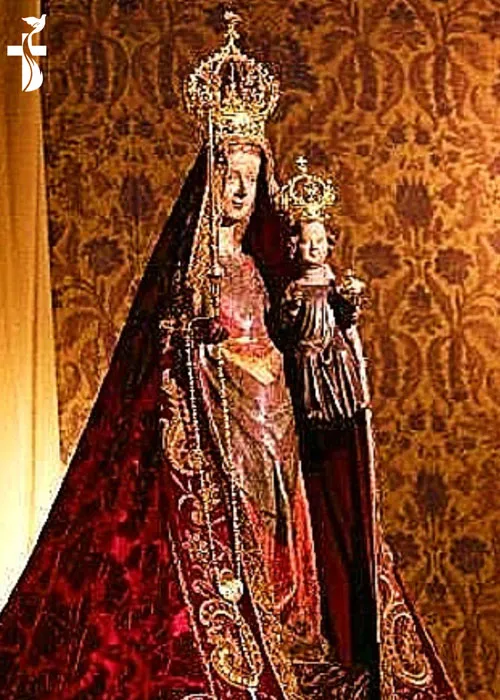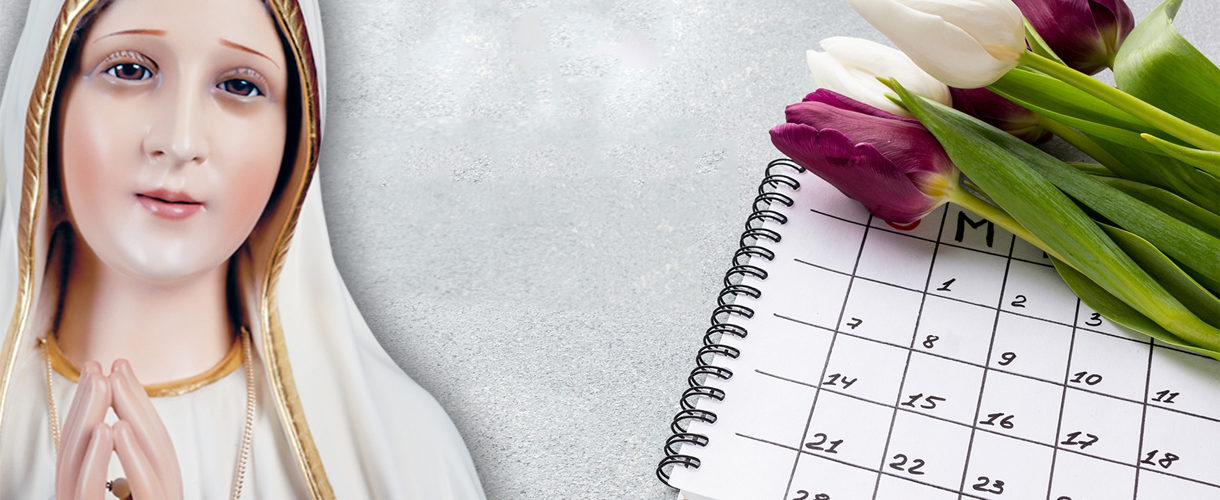
Our Lady Of Arras Or Hertogenbosch
Country : Netherland
Year : 1380
The image called “the Kind Mother” at Hertogenbosch, in the north Brabant province of the Netherlands, was an object of derision when it was first heard of, in 1380. It had been found dirty and damaged, in a builder’s junk-yard; but it soon became celebrated for the wonders connected with it. At the Reformation it was taken to Brussels for safety.
In 1856 it was returned to the Bishop of Hertogenbosch, and it again became an object of popular devotion in the cathedral.
Arras is famous for a miracle that occurred in the year 371, which is recorded by no less a notable than Saint Jerome. In that time there was a great famine in the region, and the inhabitants of Arras turned to the Blessed Virgin Mary in prayer, begging for relief. The famine was relieved in a miraculous way, as “something like white wool, mixed with heavy rain, fell from heaven at Arras.” This substance was found to be, in reality, a heavenly bread commonly called manna. Some remains of this manna were still to be seen in the church dedicated to Mary’s honor until the time of the French Revolution.
There is also a legend regarding the above mentioned shrine that Our Lady of Arras bestowed on two itinerant minstrels, a sacred candle which had power to cure persons afflicted with the then raging plague, known as the “Sacred Fire.” This event occurred in the year 1105, when hundreds of people were dying horribly. The Blessed Mother appeared from the church’s bell tower, and the bishop extended a large candle toward her, symbolizing his faith and his desire for healing for his people. Wax that had dripped from the candle was dissolved with water and given to those who were sick with the plague, with the result being that they were healed. Even though the candle was used for many years, it was never consumed even though it burned steadily during the years of the epidemic.
The statue of oak is of an unusual pattern: Our Lady’s forearms are extended at right angles to her body; the Child is balanced on her left hand and in her right she holds an apple.
The statue was crowned in 1878. The feast is July 7th and is celebrated with proper Mass and Office in certain places.



